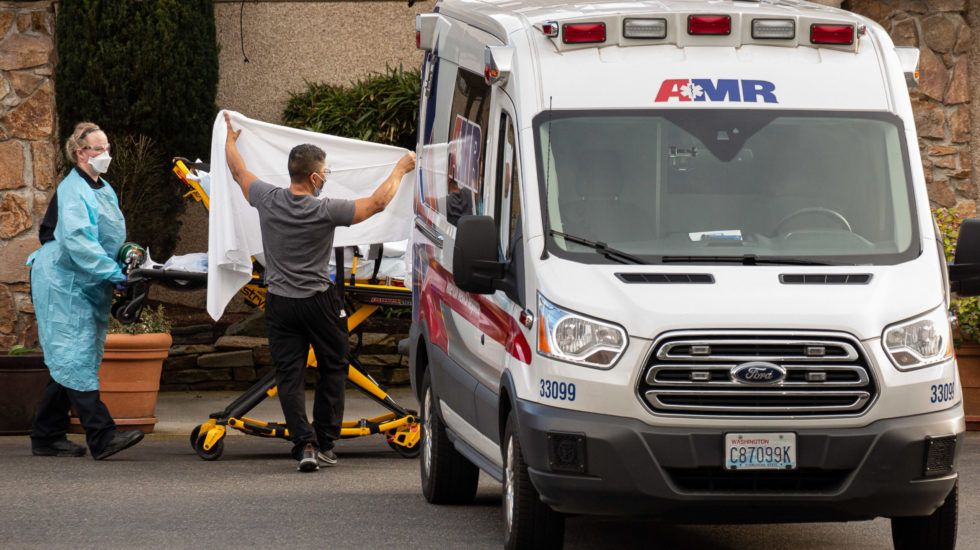It’s good news, of a sort.
A newly revised model of the Covid-19 coronavirus pandemic in the U.S. still shows that tens of thousands more Americans will die.
But, with the big assumpton that strict social distancing and other measures to fight the spread of the virus are maintained, the toll will be significantly smaller than previously projected.
The model, by the Institute for Health Metrics and Evaluation (IHME) at the University of Washington, also shows a predicted peak in the daily death toll will come in just 4 days: Sunday, April 12.
The new IHME model puts the number of U.S. virus-caused fatalities at 60,400 by August.
That’s still a scary figure, but it’s a drop of more than a quarter (26%) from the projection of nearly 94,000 made just last week.
In addition, the revised model indicates that there will be about 2,200 deaths on Sunday — nearly one-third fewer than the previous estimate of 3,100 on April 16.
“This is unequivocally good news, but it carries with it several caveats,” reports the Washington Post.
One is that the IHME projection, like other such models, can only be as accurate as the data its based on.
“Models are as good as the assumptions you put into them, and as we get more data, then you put it in and that might change,” Dr. Anthony Fauci, director of the National Institute of Allergy and Infectious Diseases, said at a White House news conference last week.
The model depends on the social distancing efforts remaining in place through May, but doesn’t address what might happen after that.
“If federal and local leaders ease restrictions without other interventions in place, it could result in a resurgence of infections — and deaths,” says the Post.
Another problem is that it’s difficult to identify just when Covid-19 cases reach their peak, in part “because the United States probably won’t see one peak but a series of peaks spaced out both by geography and time.”
William Hanage, an epidemiologist at Harvard’s T.H. Chan School of Public Health, told the Post in an email that he’s “incredibly anxious” about the pandemic’s ultimate impact on smaller communities and rural areas.
“They can be hit as hard or harder than urban areas, because they lack resources to deal and probably won’t be testing until too late,” Hanage wrote.



